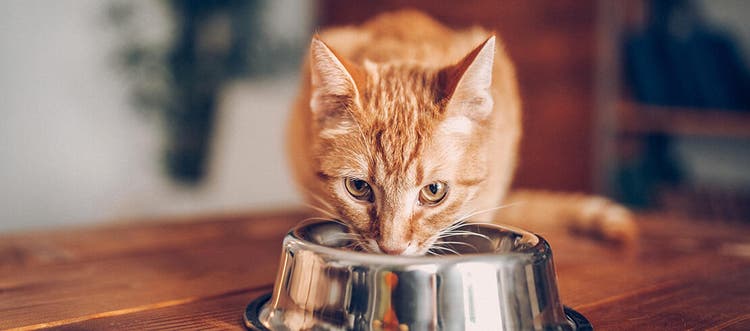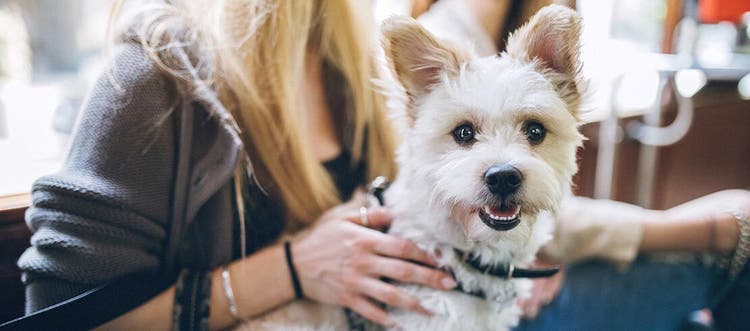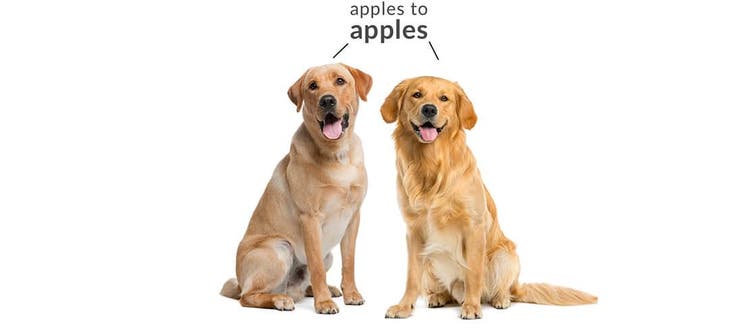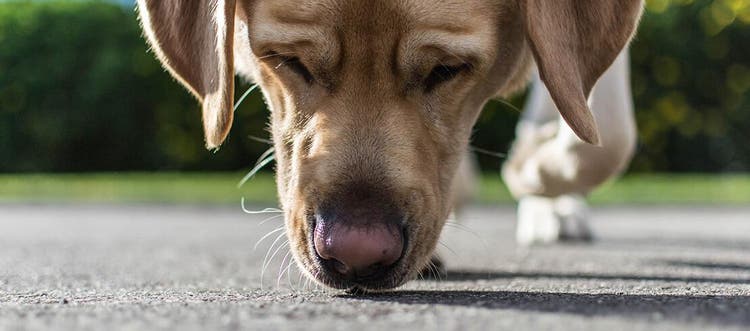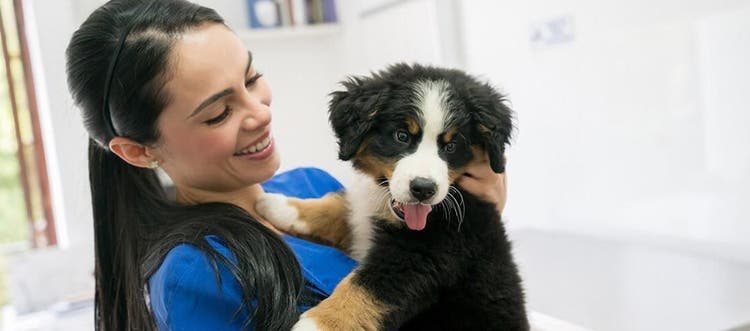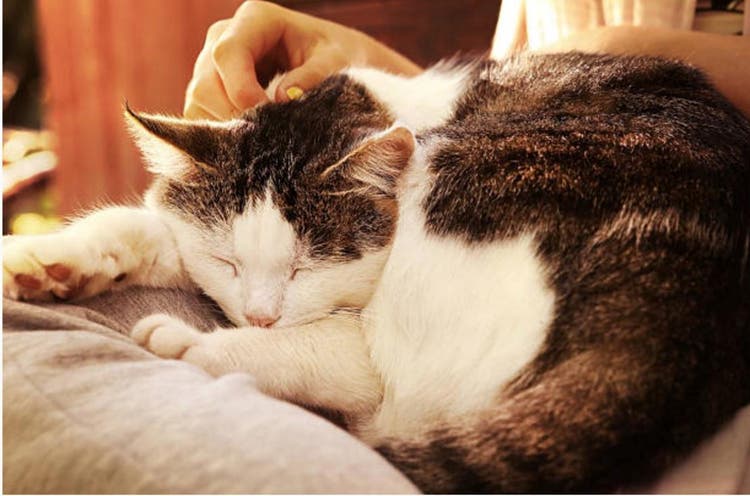Here’s how to protect your pet from the dangers of obesity and help it maintain a healthy weight.
Obesity is a common problem in domestic pets, but it is preventable. While we might be tempted to spoil our pets with treats or table scraps, it’s important to consider their health and provide them with a complete and balanced diet as well as regular exercise.
The following information will help you understand obesity and its effects, and how to prevent obesity in your pet.
What is pet obesity?
Obesity is the accumulation of excessive amounts of body fat. It occurs when your pet takes in more energy in the form of food than they use in their daily activities. Certain diseases and medications can also promote obesity.
Once an animal becomes overweight, it can be difficult for it to return to a normal body weight. If you are concerned about your pet’s weight, it’s important to discuss this with your vet as soon as possible.
Dangers of obesity for your pet
Obesity can reduce your pet’s lifespan and compromise its quality of life. In a vicious cycle, weight gain reduces a pet’s desire and ability to exercise, which in turn promotes obesity. An inactive cat or dog becomes more susceptible to a long list of harmful and serious conditions, potentially including some cancers. Obesity can also exacerbate the severity and progression of osteoarthritis.
How can I tell if my pet is overweight?
Whilst there is limited data to definite optimum weight in our pets, animals are generally considered overweight when they weigh from 10 to 20 per cent more than their ideal body weight. We consider an animal obese if it weighs approximately more than 20 per cent more.
You can get an idea of your pet’s weight condition by observing its profile. Look for these two signs of an ideal weight:
- When you can easily feel but not see the ribs and backbone
- They has a clearly visible waist as seen from above and from the side
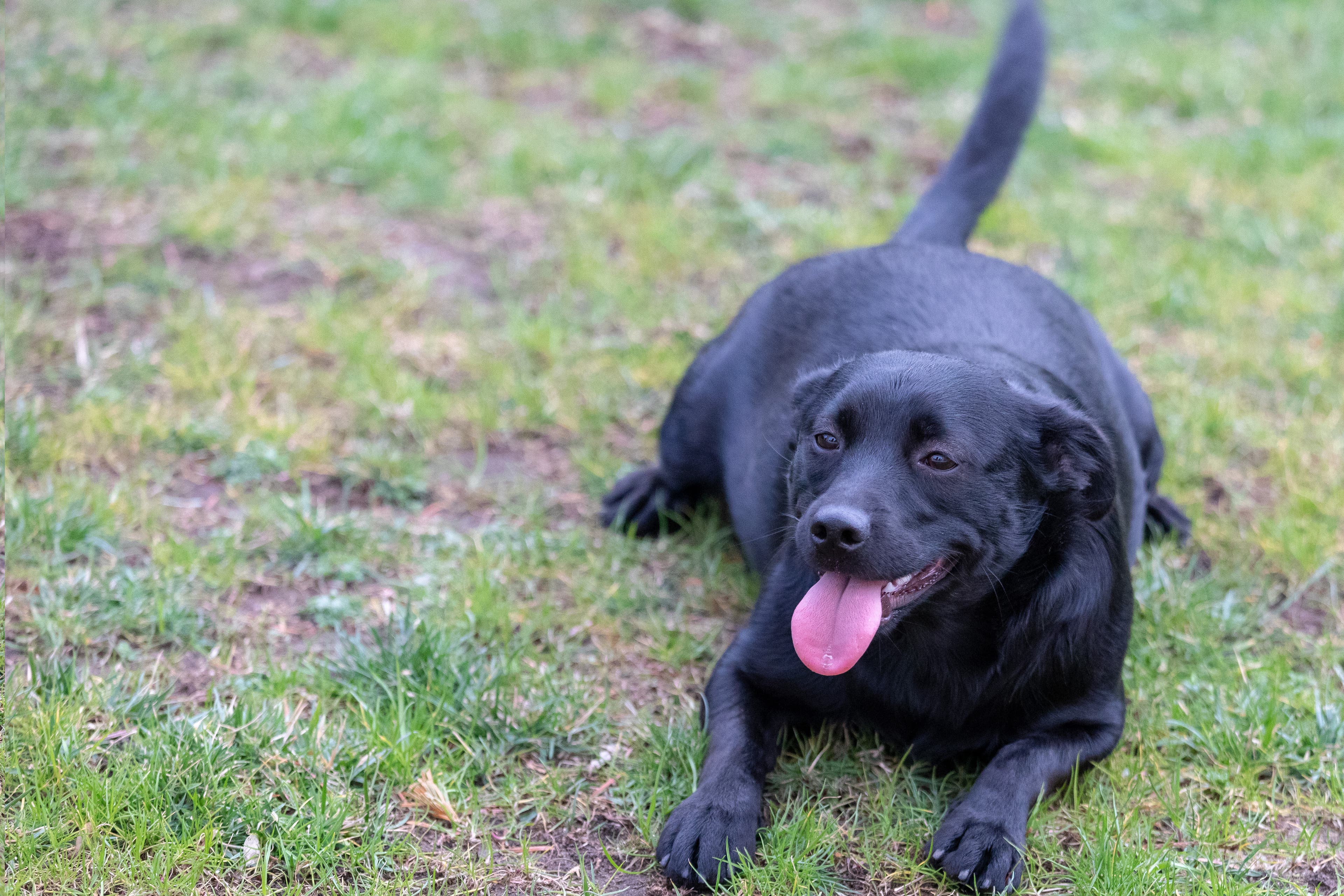
What causes obesity in dogs and cats?
- Too much food and too little exercise
- Feeding pets excessive amounts of high-calorie food, including treats, can contribute to obesity, especially alongside a sedentary lifestyle
- Feeding practices
- Feeding too much too often can impact on weight gain
- Foods that are not appropriately balanced for your pet can contribute to obesity
- Genetic factors
- Some breeds are more prone to obesity than others and require special attention to their diet and exercise
- Diseases
- Some diseases, such as osteoarthritis, can contribute to obesity by reducing mobility
- Some metabolic diseases, such as thyroid disease, can contribute to unintentional weight changes
Talk to your vet about the type and quantity of food that best suits your pet.
Managing and preventing obesity for your pet
Before you begin restricting your pet’s food consumption, visit your vet to get an accurate evaluation of their condition. Weight loss must take place gradually, since sudden weight loss can cause serious health issues. Therefore, any weight-loss program should be carried out under professional supervision and integrated with an exercise management plan. Any existing or underlying medical issues affecting your pet should also be taken into account.
It is especially important to prevent weight problems in growing puppies and kittens. If a young animal experiences weight issues, they are more likely to have an unhealthy bodyweight in adulthood.

Diet and treats
Give your pet the best possible nutrition and a balanced diet by feeding them a premium-quality commercial food. Better yet, discuss with your veterinarian the most suitable diet for your pet’s energy requirements, breed and age. This becomes especially important if your pet has any conditions that require a special diet.
Important points to keep in mind are:
- When you feed your pet human foods such as table scraps, you put them at a higher risk of developing obesity, allergies and other disorders.
- If you leave food out for cats to eat whenever they choose, measure the daily amount, divide it into two to four smaller servings and present it throughout the day.
- It’s easy for cats that hunt to overeat, so keep your cat inside at night or attach a bell to its collar to discourage hunting behaviour. Discouraging hunting is also important for protecting your cat from parasites and protecting wildlife from predation.
Of course, pets love treats, but be careful with how many you give your pet, especially during training. When you use treats as a training aid, reduce your pet’s meal quantity accordingly. You can also use a portion of their usual dry diet allotment, or for dogs, pieces of raw vegetables such as carrots or cucumber slices, as rewards or training treats.
Activities and exercise
We’ve talked a lot about maintaining a healthy diet for your pet, but don’t forget the other half of the formula: making sure your pet gets plenty of regular physical activity. All pets thrive on daily exercise, but activity also provides necessary mental stimulation:
- For cats, this can involve chasing toys, walks on a leash, food games or climbing on an activity platform.
- For dogs, exercise can include walking, running, chasing a ball, agility training and swimming.
Finally, we know it can be difficult to deny a begging dog or a persistent cat a little extra food, but the lifetime benefits of maintaining a proper diet, healthy weight and a long, happy life far outweigh the alternative.

